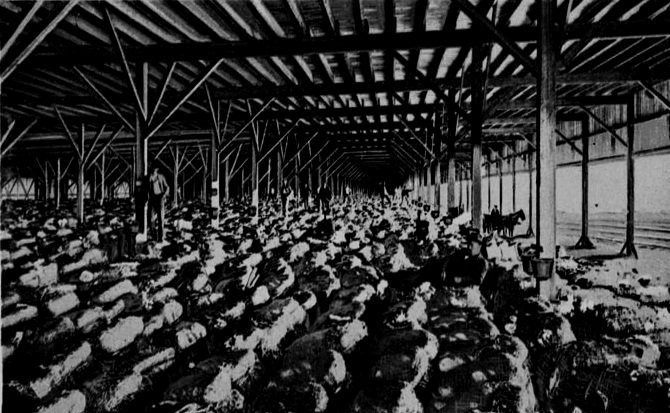
Cotton Compress
& Warehouse District
Cotton Compress & Warehouse District
The Port of Galveston has been a significant hub for international trade for centuries. The port has seen the passage of ships carrying goods from all over the world. Originally used to ship cotton and agricultural products, Galveston became a major hub for other cargo and commodities. Since the city of Galveston was founded in 1839, millions of dollars have been invested into cotton exportation, compression, and storage of Texas cotton. The railroads' development and extension into the state's cotton-producing regions revolutionized the Texas cotton trade. They made the long-distance transportation of cotton by rail economically feasible. Cotton compressors were a vital part of the cotton trade. They allowed large quantities of cotton to be reduced to a fraction of their original size, making them easier to transport and store. This saved considerable time and money and made the operation even more lucrative. Packing as many compressed bales of cotton as possible under shipping vessels was vital. The district was established in the late 1800s and became a hub for the cotton trade in the region. It was home to several large cotton warehouses where cotton from various parts of Texas was stored before being shipped to other parts of the country and the world. The heart of Galveston's compress and warehouse district migrated through the decades as the port and the city expanded. We can see the remnants of warehouses today between 28th Street through 51st Street and north of Broadway. The cotton and compress and warehouse district of Galveston became a natural extension to the port of Galveston as cotton was one of the most profitable exports for the state of Texas until the mid-20th century.
2023 GOFM Market Mile!
2023 GOFM Market Mile!
2023 GOFM Market Mile Audio Guide by Galveston Unscripted!











